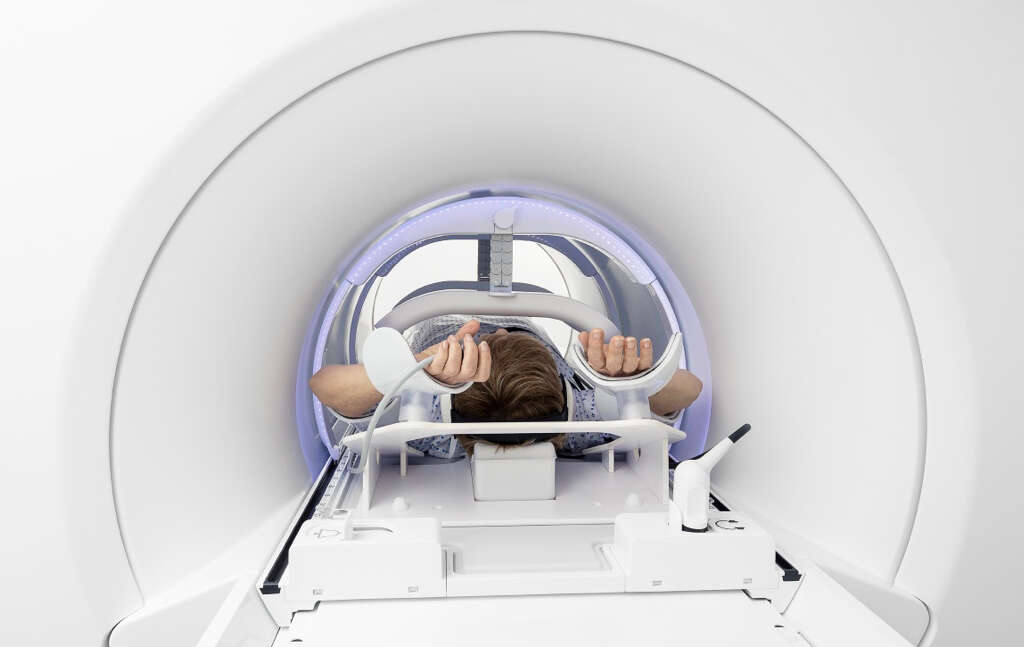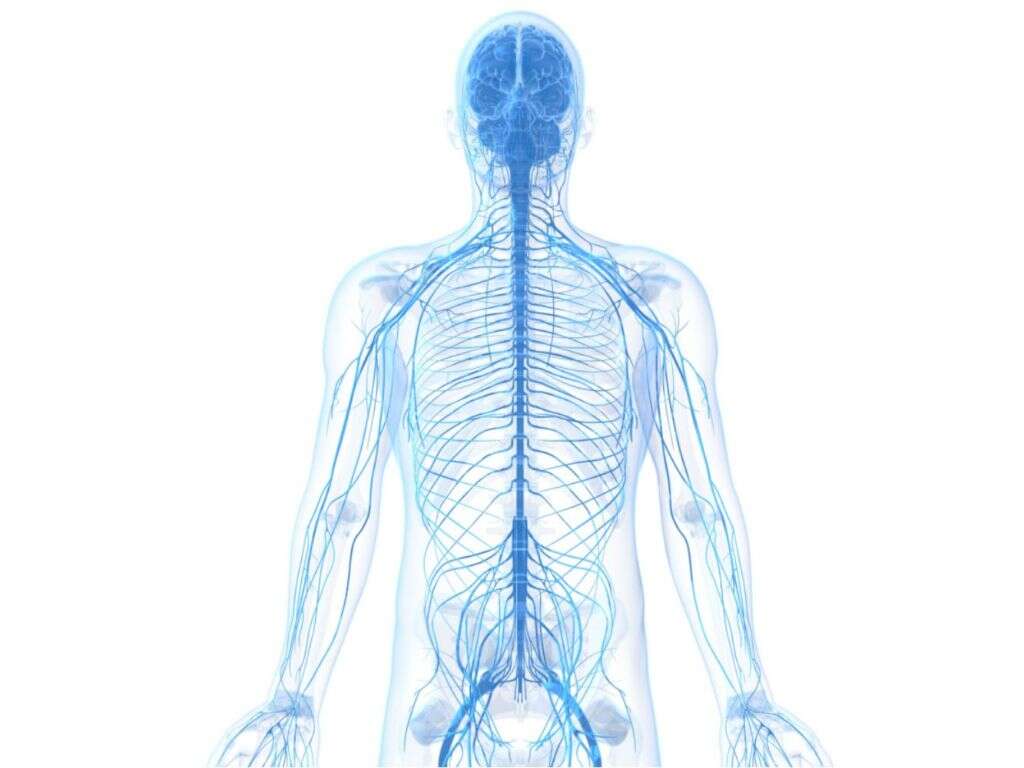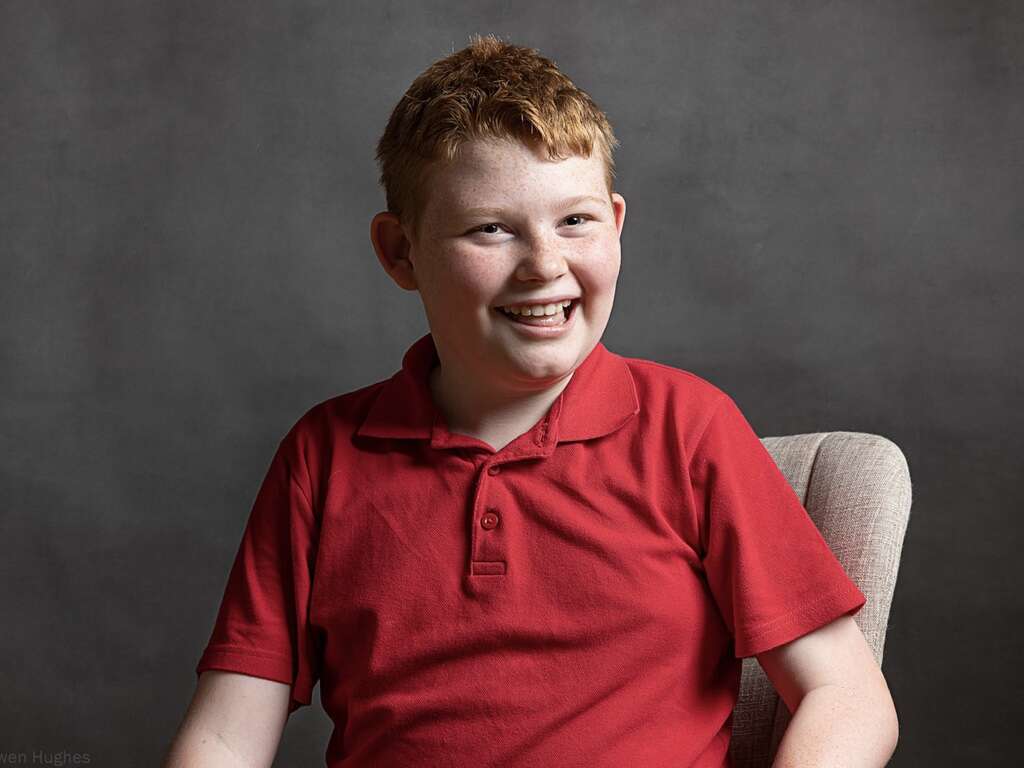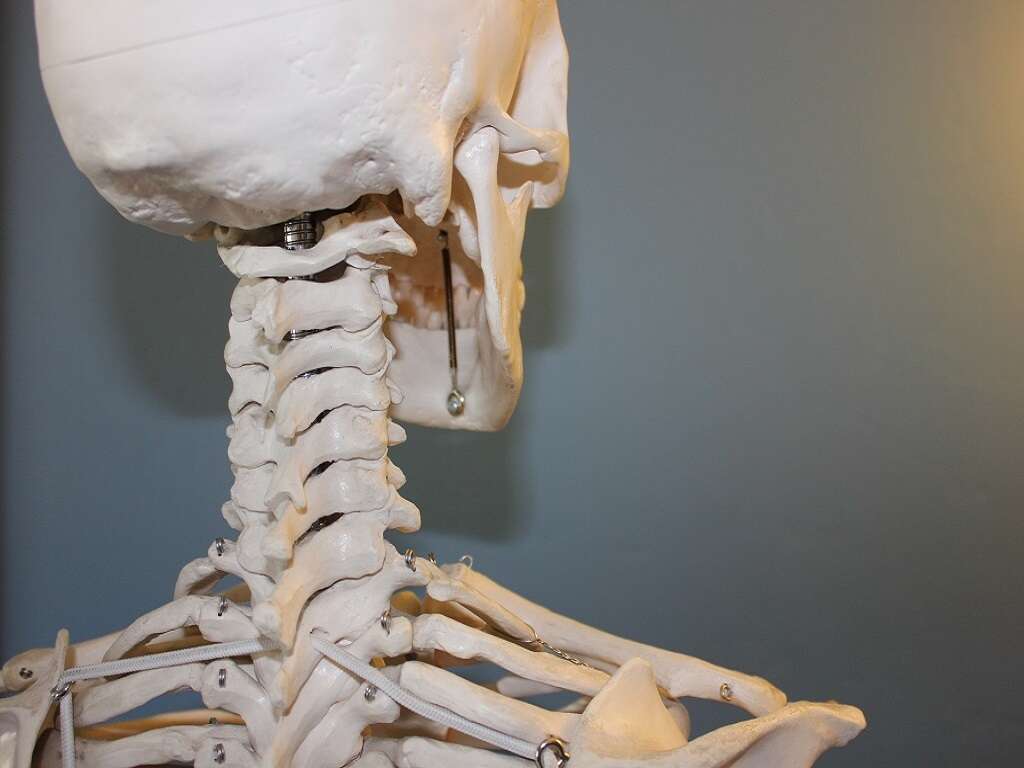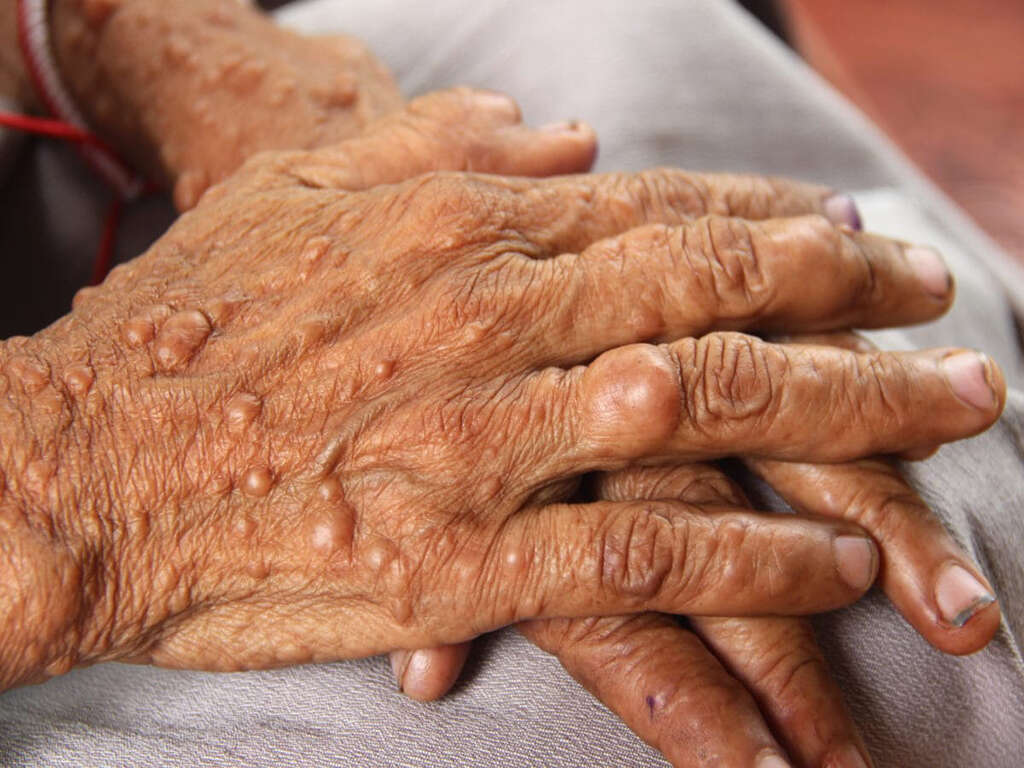What Is Neurofibromatosis?
Tumors are abnormal growths of tissue in or on the body. They are fairly common and many people will develop one at some point in their lives. In the vast majority of cases they will be quite harmless, and doctors may even recommend leaving them alone once they have been discovered.
Not all tumors are harmless, however. Some can turn malignant, and this will mean that they spread to other parts of the body. Even a tumor that does not turn malignant can become a problem, however, depending on where it is. Their location can cause them to interfere with the functioning of the body, and neurofibromatosis is an example of this happening.
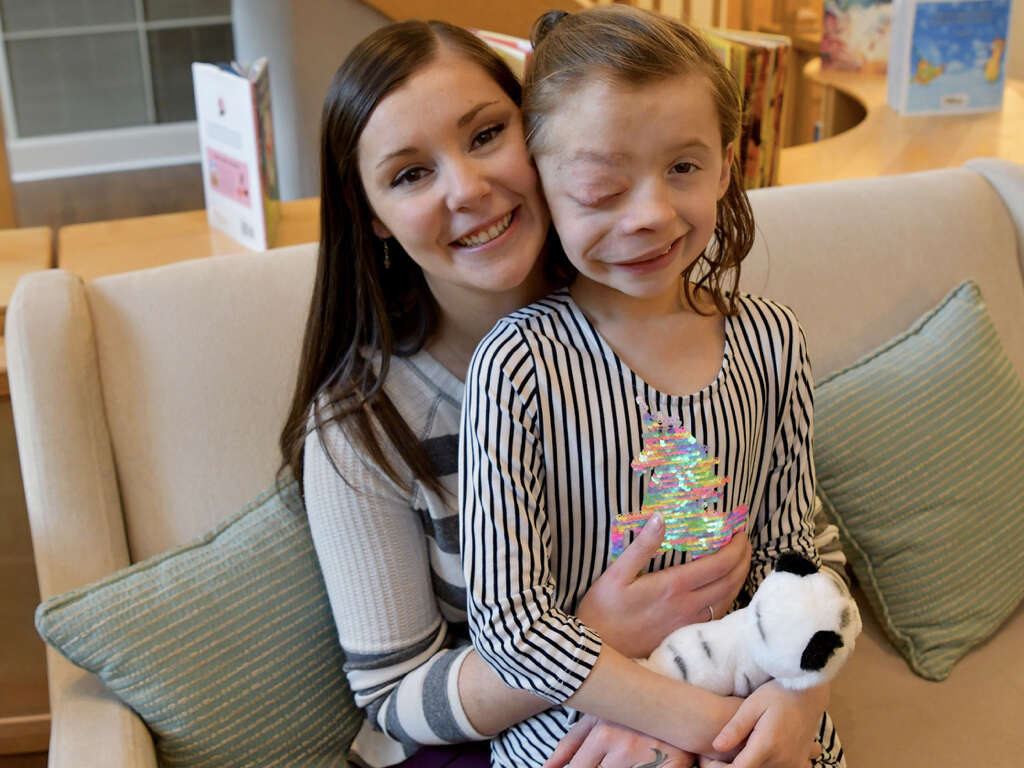
1. Neurofibromatosis
Neurofibromatosis is a condition that causes tumors to develop on your nerve tissues, and it is usually found in children or young adults. The tumors can develop in any part of the nervous system, and the severity of the symptoms can vary. In many cases the symptoms will, thankfully, only be mild.
Although most cases are mild, the condition can still to go on to cause some potentially serious complications. In most cases the tumors are benign, which means they will not spread but they can become malignant, at which point they become a lot more dangerous. Treatment involves managing the symptoms and helping to reduce the impact the condition will have on the patient’s life overall.

2. Causes
Neurofibromatosis is a type of genetic disorder. The issue occurs either at the point of conception, or a defective gene is passed on from one of the patient’s parents. There are different types of neurofibromatosis, and the type the patient has will depend on which specific gene is defective.
One type of neurofibromatosis is neurofibromatosis 1. This is a condition where there is an issue with chromosome 17, which is responsible for a protein known as neurofibromin. There is also neurofibromatosis 2, which is a problem with chromosome 22, which helps produce a protein known as schwannomin. The third type is known as Schwannomatosis. Two genes are thought to be responsible for this type, which are LZTR1 and SMARCB1.
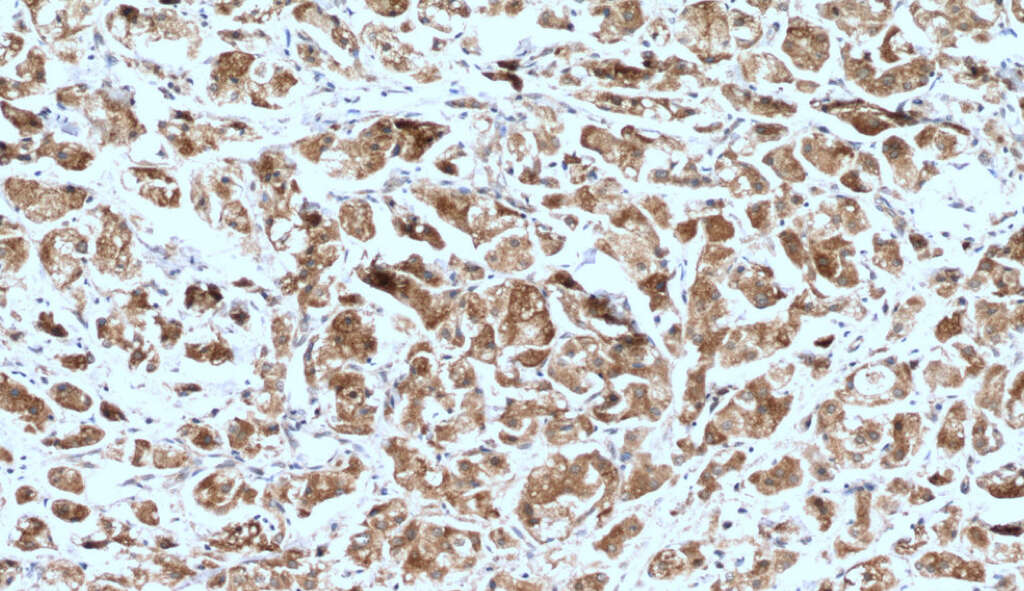
3. Neurofibromatosis 1 Symptoms
Most people with this variety of the disease will have shown symptoms by the time they are 10 years old. When symptoms do show, they will typically include what are known as cafe au lait spots. These are harmless and cause no other symptom. Freckles may also appear, and tiny bumps can develop on the iris. Neurofibromas may also be found just under the skin or on the skin’s surface.
Neurofibromas will tend to cause no symptoms, but they can grow and they will cause disfigurement in some cases. The patient is also likely to be shorter than average, and they can also have a larger head than usual. Tumors on the optic nerve may also develop, bone deformities may occur, and the patient may also have learning difficulties.
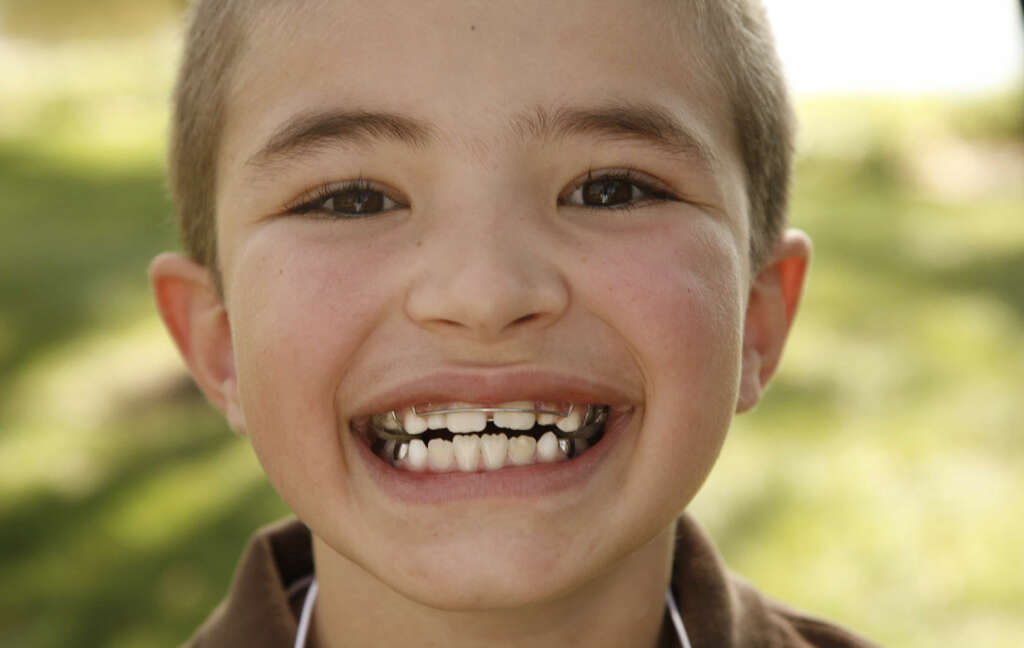
4. Neurofibromatosis 1 Complications
Potential complications of neurofibromatosis 1 include the patient being concerned about their appearance. This can lead to further complications like anxiety and depression. Skeletal deformities such as bowing of the legs can also occur, and some patients can also develop problems with their vision. Neurological problems including epilepsy are other potential complications.
Cardiovascular issues are another potential complication, as are difficulties breathing. A tumor can form on the adrenal gland and this can result in a high blood pressure. Patients might experience worsening problems during times of hormonal changes, such as during pregnancy and puberty. Cancer will also develop in some patients.
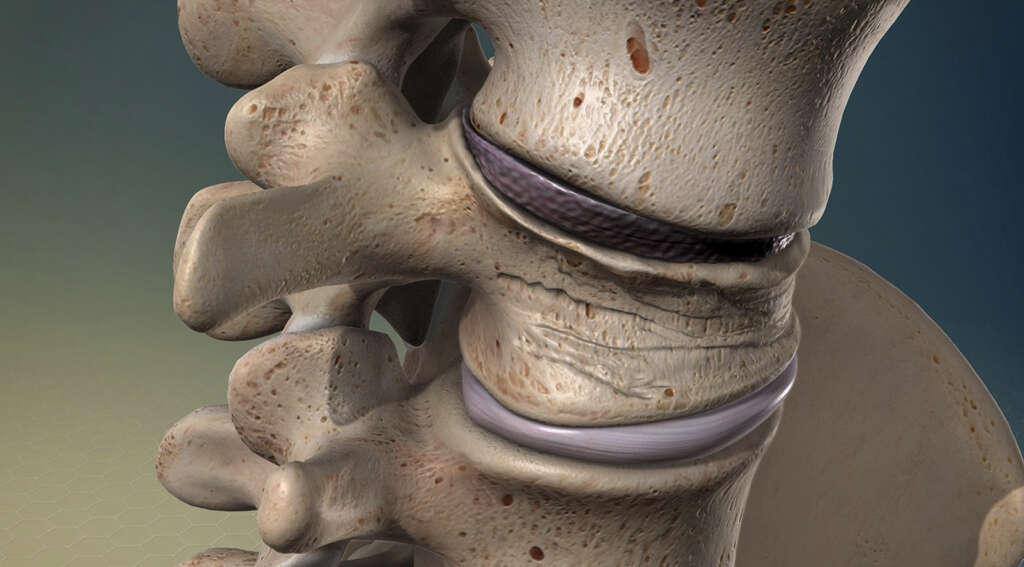
5. Neurofibromatosis 2 Symptoms
Patients with neurofibromatosis 2 will have tumors growing in each of their ears; these tumors are known as acoustic neuromas, or vestibular schwannomas. They will grow very slowly, and they grow on the nerve that is responsible for carrying information to the brain from the inner ear.
Neurofibromatosis 2 is a lot less common than neurofibromatosis 1, and they tend to appear in the patient’s adolescent years or what they are adults. The presence of the tumors on the nerves will affect hearing and balance. The patient can also expect to experience other symptoms include headaches and a ringing sensation in their ears.

6. Neurofibromatosis 2 Complications
In addition to the symptoms already mentioned, neurofibromatosis 2 can also result in complications, some of which can be rather severe. These complications can include a total loss of hearing, and the patient may also develop small, benign tumors on their skin. Pain and numbness in the extremities will also occur in some cases.
Facial nerve damage may also occur, and this can cause the patient’s face to droop. Another potential complication is that meningiomas may develop. These are multiple tumors on the spine and/or brain. These tumors will usually be benign, but they will still need to be removed surgically.

7. Schwannomatosis
Schwannomatosis is a rare condition that causes tumors to grow on the cranial, peripheral, and spinal nerves. It usually affects people between the ages of 35 and 50 years old, and is uncommon in people who are under 20 years old. The development of tumors on the nerves mentioned can result in some very unwelcome symptoms.
The patient will likely experience weakness and numbness, and they may also experience a loss of muscle. The tumors responsible will not usually be found growing on the nerve the serves the brain with information from the inner ear. This means the patient will not experience problems with hearing as patients with neurofibromatosis 2 will.

8. Schwannomatosis Complications
In addition to the symptoms mentioned, schwannomatosis can also cause some other very unwelcoming symptoms for the patient. The main complication is pain, and the degree of pain can be excruciating for the patient. In fact, the pain can be excruciating to the point where it is debilitating.
Schwannomatosis can make life a misery for the patient. The patient may need to seek treatment from a pain specialist, and they may also need surgical treatment. The level of discomfort caused by schwannomatosis will sometimes mean the patient develops depression. Depression will sometimes cause the patient to try and take their own lives, so it should be taken very seriously.
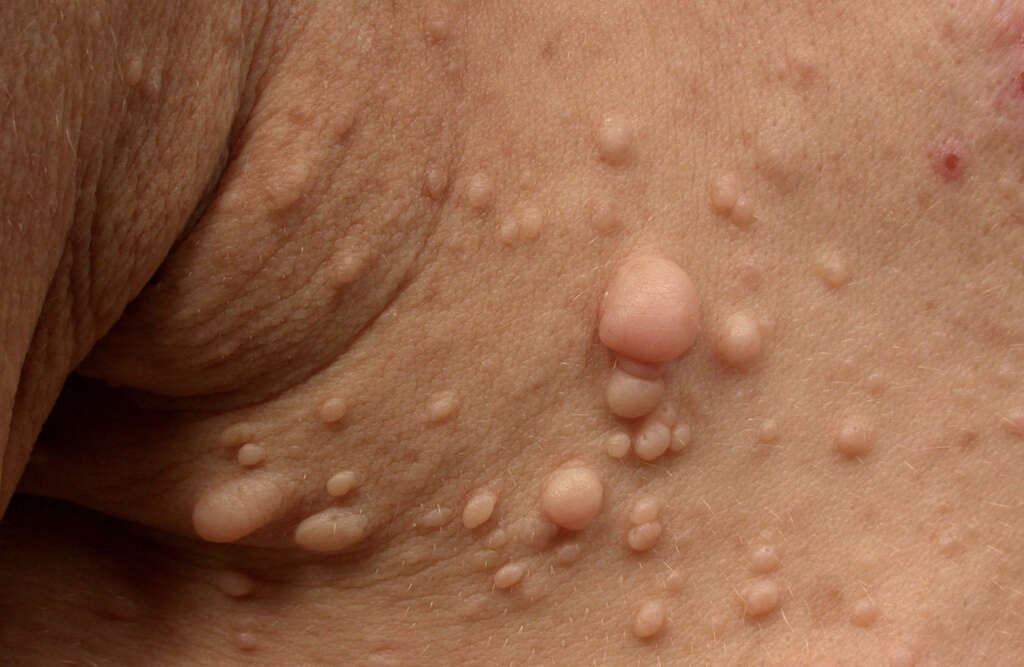
9. Who’s At Risk?
It is difficult to say exactly who will develop the condition, but we do know that you are more likely to develop it if there is a history of the condition in the family. We also know neurofibromatosis is often inherited, and there is a 50 percent chance that the defective gene will be passed on to their children in cases of neurofibromatosis 1 and neurofibromatosis 2.
However, the risk factors for schwannomatosis are even less certain. Of all cases the condition, only around 15% can be attributed to the patient having a history of the condition in their family. More research needs to be done to help us understand the condition to help us treat it better.
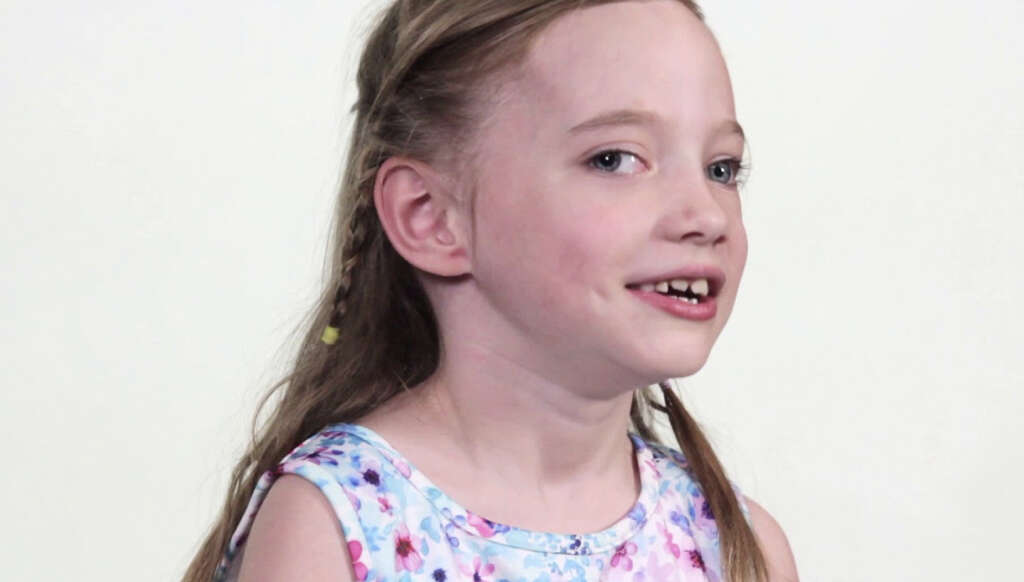
10. Treatment
Even our most modern medicating and equipment is unable to cure neurofibromatosis. However, treatment is available that will at least help to manage the condition as well as to help maintain or improve the patient’s quality of life. This will typically involve medication that will help to reduce the amount of pain the patient experiences.
The patient may also need to be treated for malignant tumors. This will typically involve medication, chemotherapy and radiotherapy, and surgery will also sometimes be necessary. Stereotactic radiosurgery may also sometimes be used for benign tumors, while benign tumors will also sometimes need to be surgically removed.
